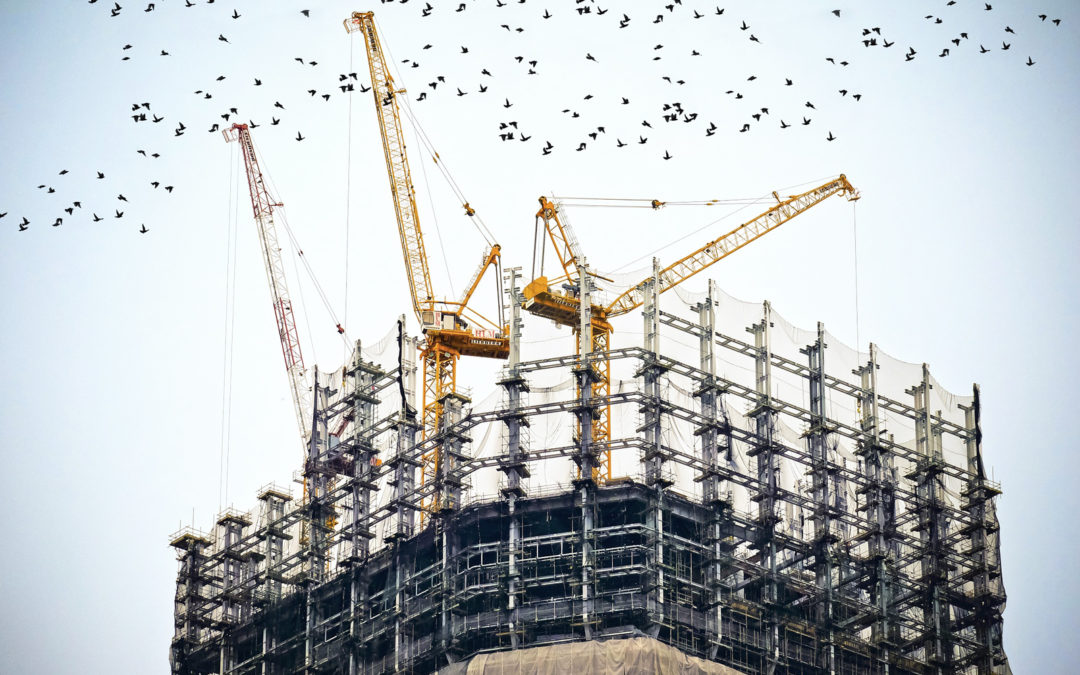The ultimate goal of all governments is to improve the general standard of living of its population. Explain how a government can improve the current and future standard of living of its population. [12]
Introduction
Standard of living measures the average quality of life of a population which includes the monetary and non-material aspects of life. Quantitatively or material wise, it is measured in terms of the purchasing power which will reflect the level of material conflicts and this is commonly represented by the real GDP per capita while qualitatively or non-material wise, it is measured in terms of the intangible aspect of life of the people and is commonly represented by mortality rate, birth rate and the environmental aspect of life. The government needs to take note of the factors that will affect the current and future SOL so that they develop policies to raise the current and future of SOL.
Main Body
1. State the factors that affect the quantitative value of SOL – seen in terms of real GDP per capita and explain how the government can influence these factors of SOL
First, the government can undertake expansionary policies to increase real GDP so as to increase real GDP per capita. By engaging in expansionary fiscal and monetary policies, the government can increase the aggregate demand of the economy and national income many times via the multiplier effect. Since the demand for labour is derived from the demand for goods and services, the increase in aggregate demand also reduces demand-deficient unemployment. The higher level of real GDP as well as a larger pool of employed workers will increase the current standard of living of the population.
The government can also ensure a low inflation rate by controlling cost-push inflation and demand-pull inflation to raise the real purchasing power of citizens. The government can undertake wage and price ceiling to tame cost-push inflation, while engaging in contractionary demand-management policies to curb demand pull inflation. This helps to lower the cost of goods and services and improve the purchasing power of citizens in attempts of allowing citizens to enjoy a higher level of material comfort.
On the other hand, the government can also undertake policies such as curbing immigrant inflows as well as anti-natalist policies such as the “One Child Policy” adopted in China in order to prevent excessive population growth. This will ensure that any accompanying increase in real GDP is not offset by an even larger population size, ensuring an increase in real GDP per capita to improve both the current and future standard of living.
2. State the factors that affect the qualitative aspect of SOL – seen in terms of HDI and MEW to explain how the government can influence these factors of SOL
The government must also increase the qualitative aspect of standard of living to complement the quantitative aspect. By building public facilities to encourage leisure activities such as public parks and community centres, as well as the introduction of taxation and subsidies to prevent over- or under-consumption or production of items, this can increase the value of leisure and reduce the level of externalities, as measured by Measurement of Economic Welfare (MEW) Furthermore, the government can raise the progress of well-being as measured by the Human Development Index by working on social policies such as education programmes. Consequently, the qualitative aspects of improvement will help to sustain standard of living.
3. State these factors that affect the future level of SOL in terms of both quantitative and qualitative aspects and explain how they can influence the factors
Lastly, to ensure that the standard of living improves consistently in the future, the government can influence the potential capacity of production. This can be done so by engaging in long-run supply side policies such as manpower policies to improve the skills and education and productivity of the labour force, as well as infrastructural development to expand the production capacity. This allows for sustainable growth, where the economy experiences an expansion of the actual production without incurring excessive rise in cost condition, ensuring that price stability is achieved, allowing for an increase in real GDP per capita and hence standard of living in the future.
Conclusion
In sum, it can be observed that the government can only raise the current and future aspects of SOL if they understand the factors affecting the level of SOL. By introducing appropriate policies, the government can make improvement in these aspects to raise the current and future level of SOL.


